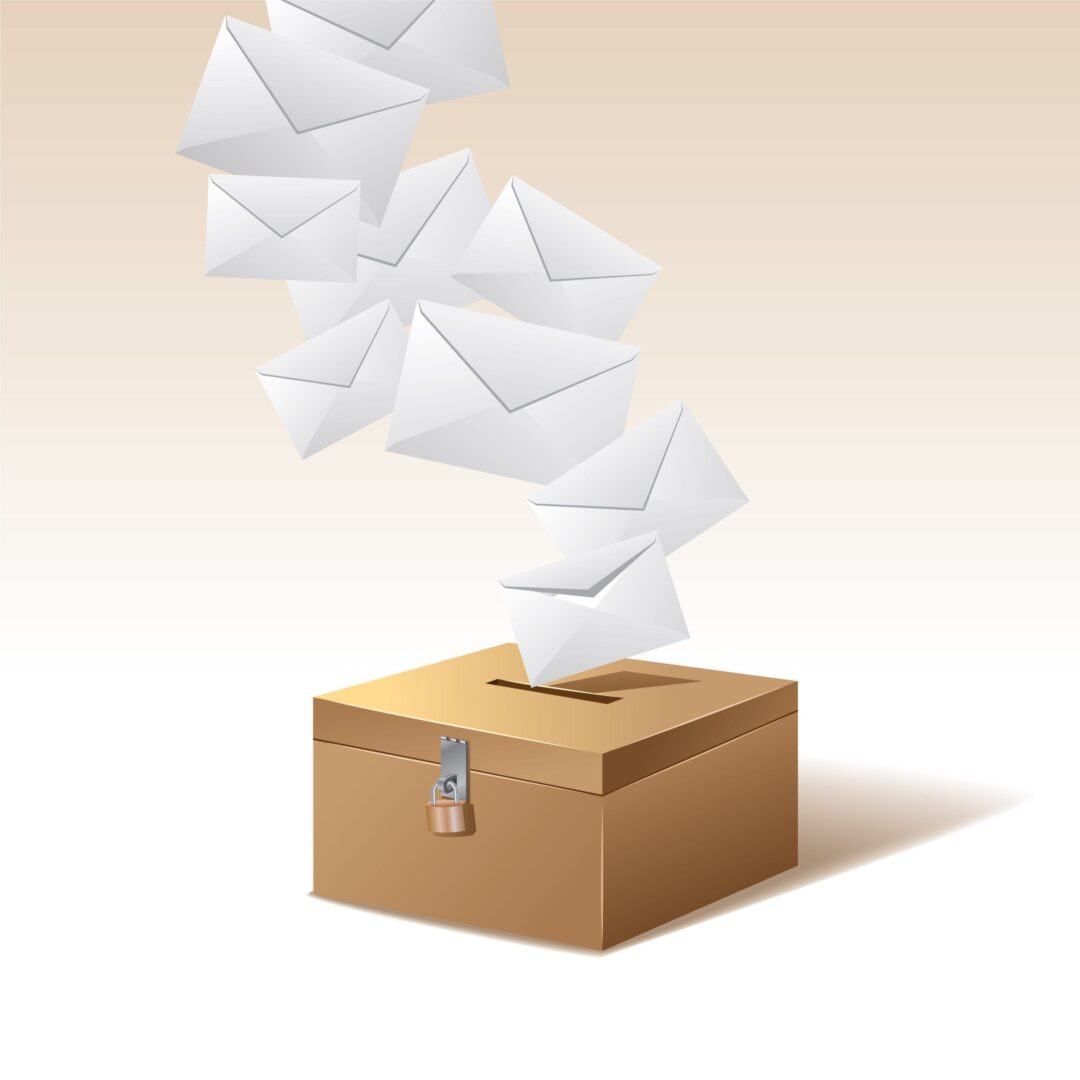With more than eight times the usual number of absentee ballots cast in many municipalities across the state, Tuesday’s primary election has given the Secretary of the State and local registrars a lot to consider as November approaches.
“Yesterday was a giant lesson and looking toward November we are of course worried about everything,” said Gabe Rosenberg, the communications director for the Connecticut Secretary of the State. “It was obviously a learning experience to do this and now do it again for a pretty important election in November.”
According to Rosenberg, the number one challenge facing the state and municipalities is one of timing.
According to state statute, absentee ballots can be mailed out no earlier than 21 days before a primary or 31 days before a general election. With postal delays sometimes leading to a one week turnaround on either end, this leaves voters with little time to mail in ballots.
“The timelines in statute are extremely tight and there isn’t a ton that we can change in terms of timeline stuff,” Rosenberg said. “They aren’t arbitrary either. They are in there because we don’t know who is supposed to be on the ballot before that.”
For Tuesday’s primary the delayed arrival of absentee ballots led to significant amount of voter confusion and anxiety. Many voters received an absentee ballot application more than a month prior to the primary, but the actual ballot, for some, did not arrive until Monday.
“We need to make these timeline constraints more clear to voters so we don’t see the same level of angst in November,” Rosenberg said.
In what Rosenberg described as an effort to reduce the stress on voters, the state used $400,000 of federal COVID relief funds to procure 200 drop boxes for municipalities across the state.
According to Rosenberg, these boxes – which were available outside of every town or city hall in advance of the election and on election day – were a tremendous success.
“These boxes allow voters to bypass the postal system entirely,” he said. “We observed that they were well used and are very secure. We are going to be encouraging people to drop off their ballots in November as much as possible.”
Speaking with registrars and town clerks across the state, the most difficult part about the increase in absentee ballots is how time consuming they are to process.
Unlike a ballot cast at the polls, which takes only seconds to tally, an absentee ballot in two envelopes takes about a minute to open and process. That may not sound like a lot of time, but according to registrars like Dianne Slopak in Norwich, it adds up.
“The volume is huge and the process is cumbersome,” she said. “Even though we are organized it will take much, much longer to count.”
In an effort to shorten the counting process on election day, Rosenberg said the state piloted a new process in three towns. Instead of waiting until election day to open the outer mailer, clerks and registrars will open all of the ballots ahead of time.
In this way, votes are still all counted on election day, as required by state statute, but the actual time to count each vote will be much shorter.
Several towns that were not part of the pilot program ran into trouble early in the day on Tuesday, when officials realized that they had disposed of the outer envelopes of absentee ballots by mistake.
According to Rosenberg, however, unlike in previous elections, because both the primary and general election ballots are marked with a voter’s name on both the inner and outer envelopes, the outer envelope can be discarded.
“We issued guidance about it several times for the two weeks before the election, but we still had a small amount of confusion,” he said.
That confusion was resolved with a 1 p.m. email from the state elections director clarifying that ballots received after election day, but postmarked by August 11 would require the outer envelope intact.
Ballots postmarked by August 11 were allowed for the primary, according to Rosenberg, because the U.S. Postal Service Hartford sorting facility lost electricity for three days and delayed mail across the state due to Tropical Storm Isaias. That decision was made by executive order of the Governor. In the general election, those votes would not be counted.
In response to some of the trouble towns faced regarding absentee ballots, today, Senate Republican Leader Len Fasano (R) of North Haven wrote to Attorney General William Tong requesting that he investigate.
“Multiple issues have been raised by Connecticut’s town clerks questioning the actions of the third-party mail house hired by the Secretary of the State to manage a new expanded absentee ballot system including mass mailings of applications and ballots,” Fasano wrote to Tong. “These concerns include whether the third-party mail house complied with state statutes and executive order governing the distribution of applications and absentee ballots such as whether timelines for mailings were met, whether the proper labeling and security features were followed, and whether clerks received appropriate notice of who in their towns were receiving which applications.”
Fasano asked that the investigation look at if the contract between the Secretary of the State and the third-party mail house met the statutorily required time frame guiding the state’s election and absentee ballot laws.
For the remainder of this week, Rosenberg said that the Secretary of the State’s office will be meeting with town clerks and registrars throughout the state to hear about the greatest challenges during the primary in an effort to finalize a better plan for the general election in November.
“We definitely know that there are lessons we learned, but also there are things that we have no way of knowing until we talk to the towns,” Rosenberg said. “We are doing that absolutely as soon as we can.”
For the general election Connecticut residents can expect to begin receiving absentee ballots on October 5.

